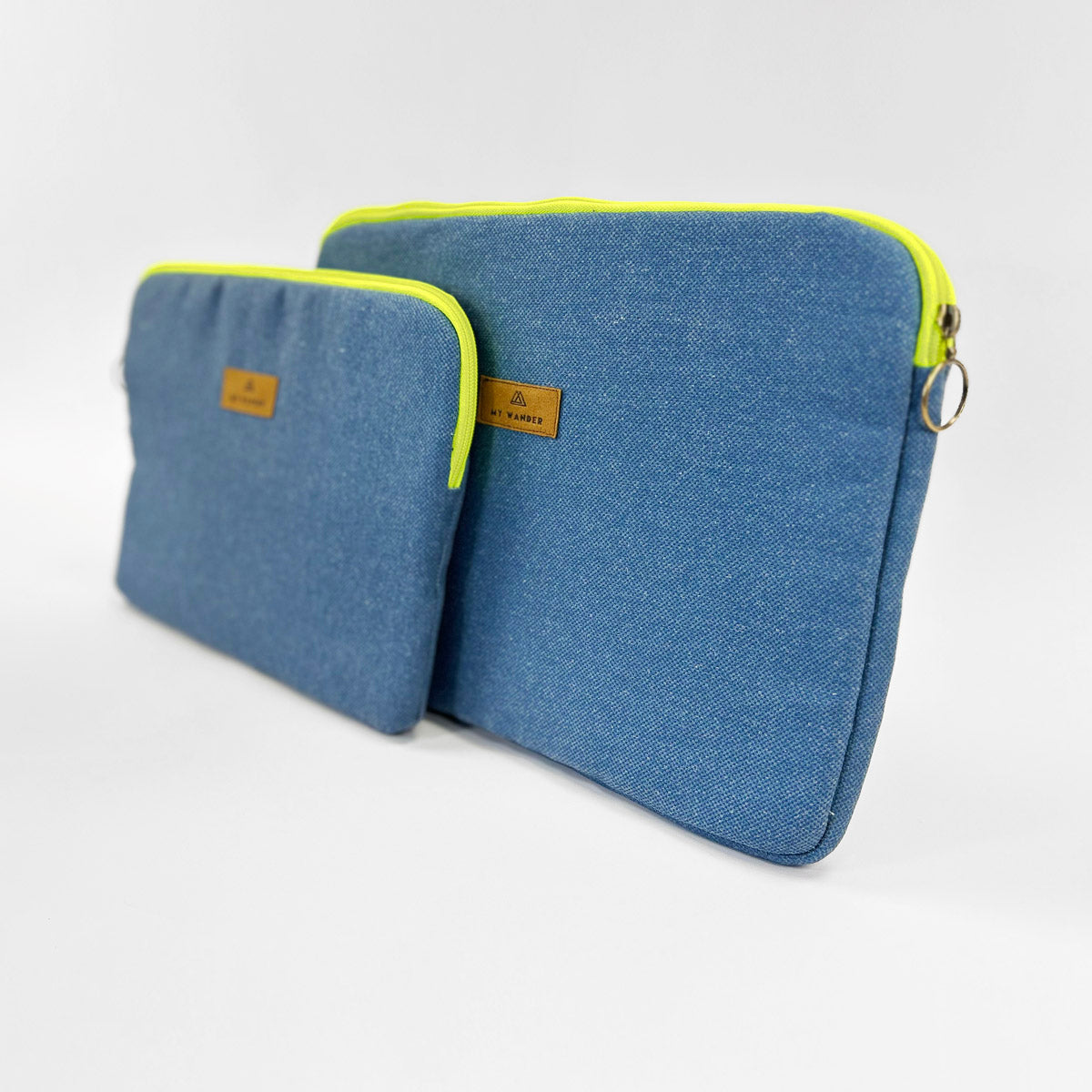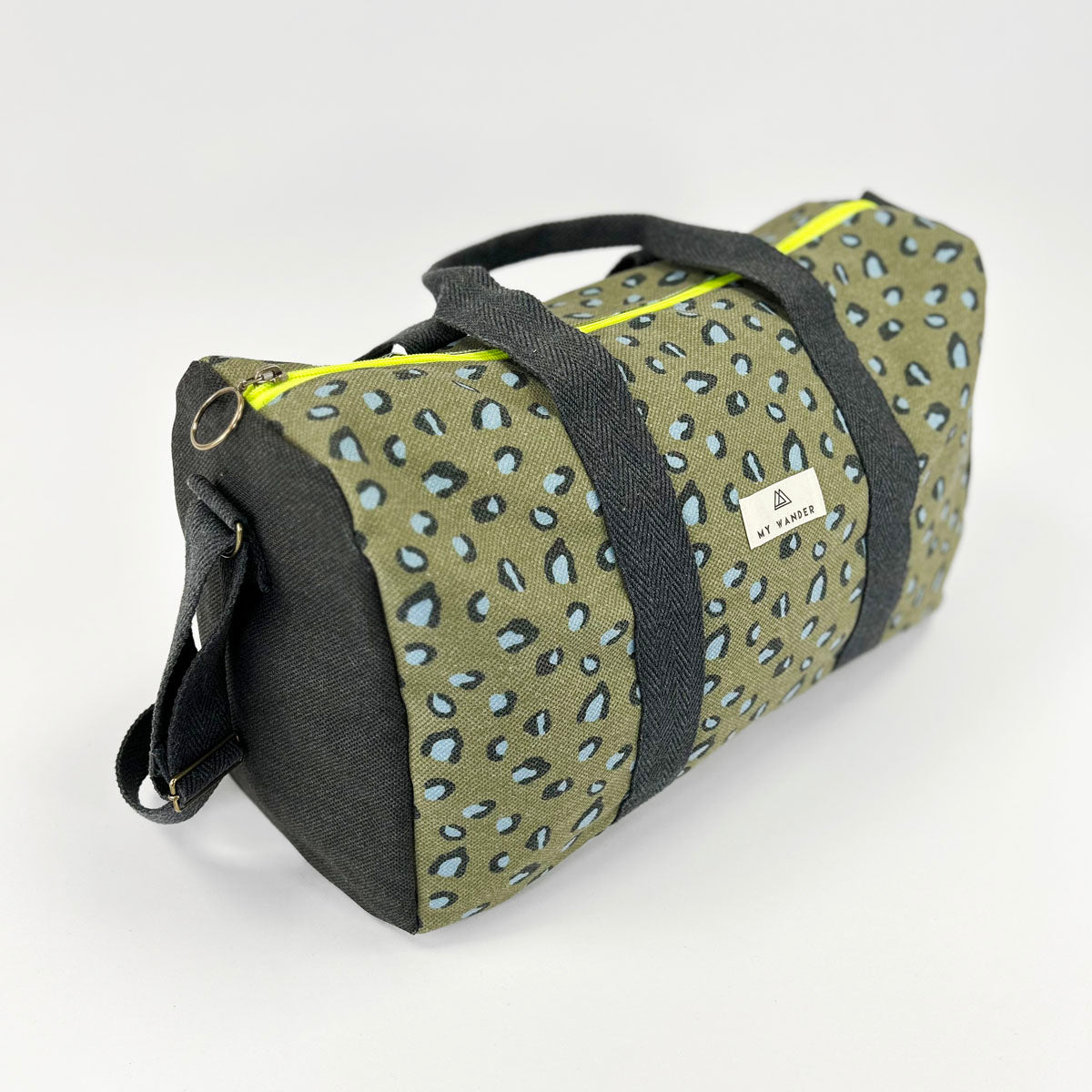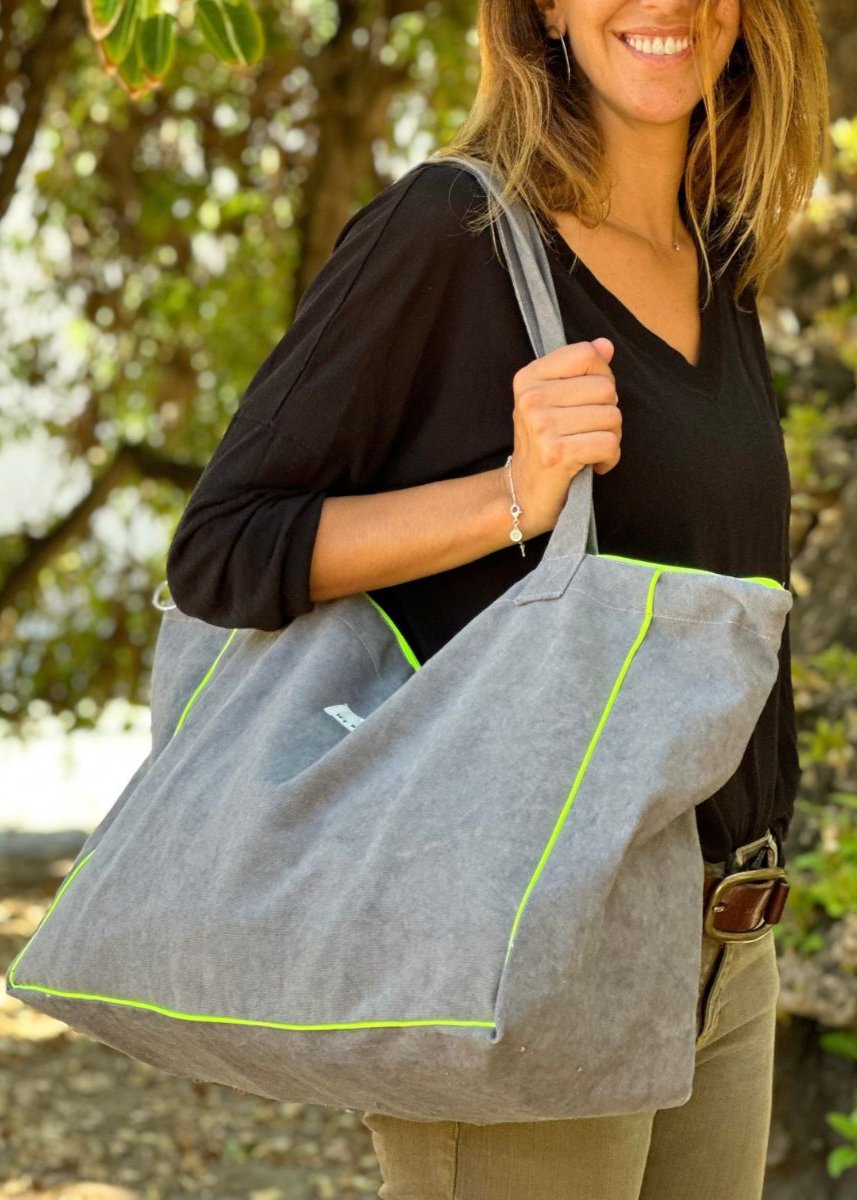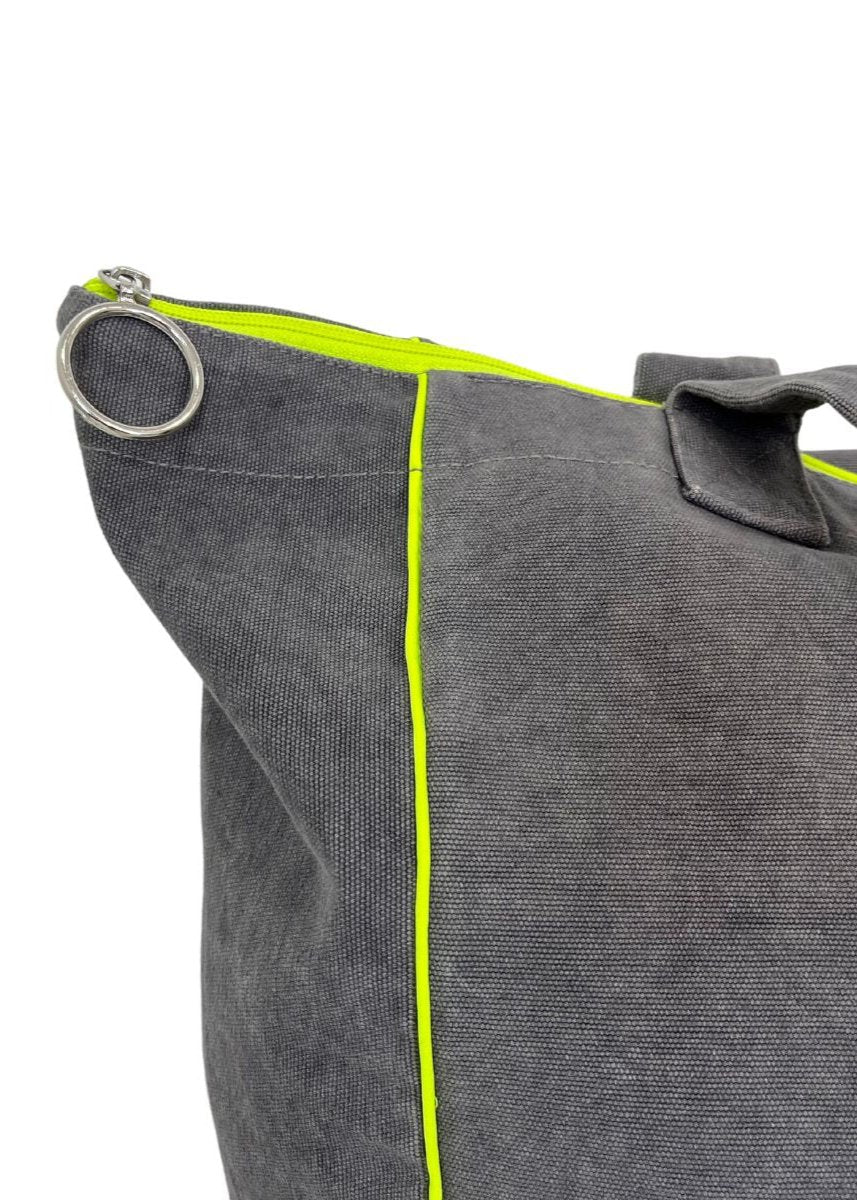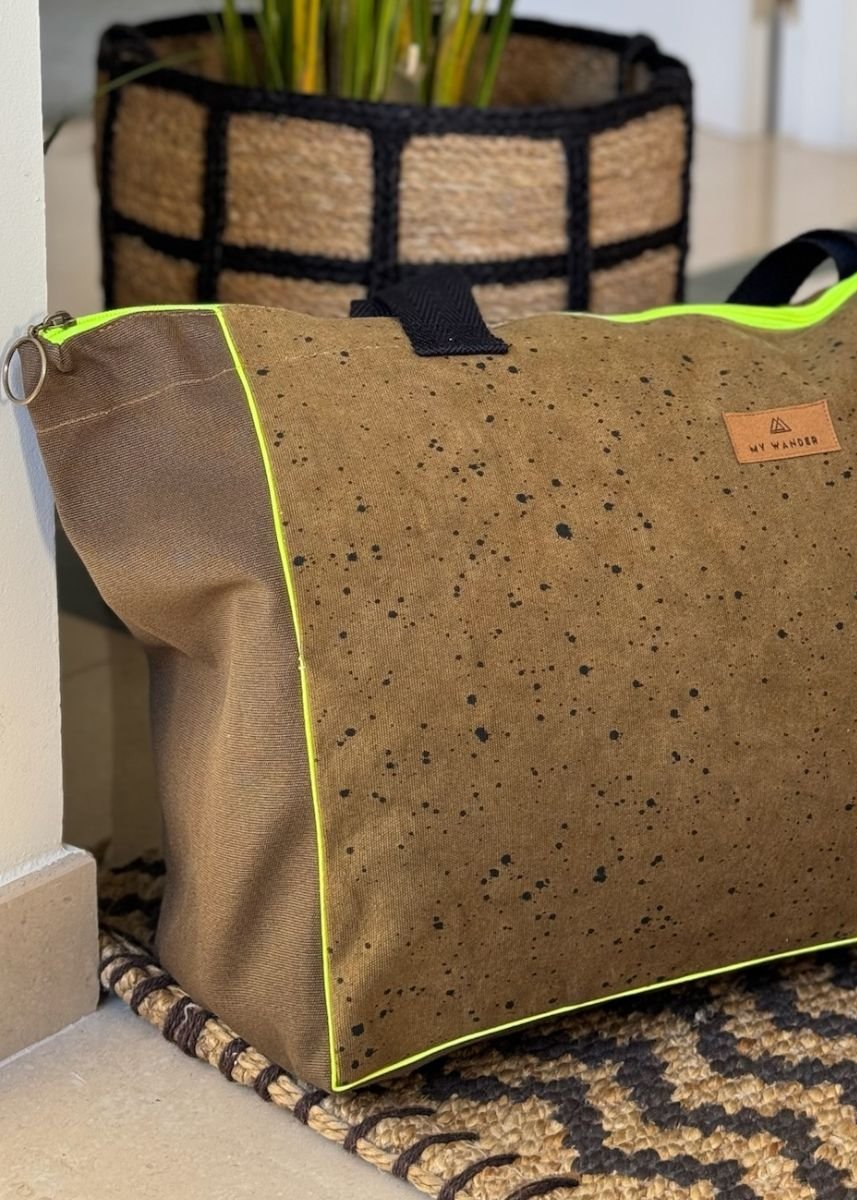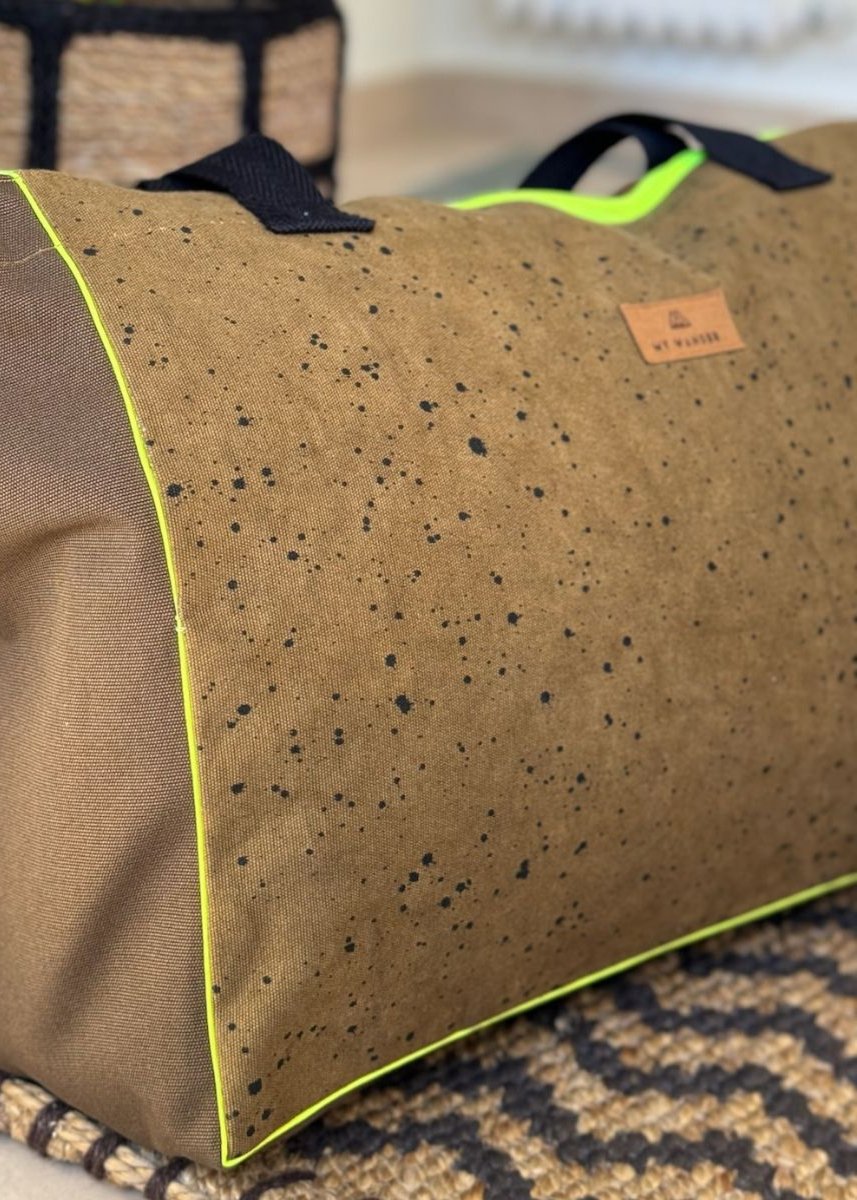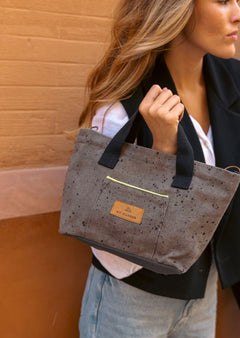As a
The Camino de Santiago is a unique experience that attracts pilgrims from all over the world. Whether you're planning your first trek or are a regular pilgrim looking for up-to-date advice, one of the most important questions you need to answer is: What to take on your backpack? In this article, we will guide you through a list of essentials that you cannot leave behind on your trip to Santiago de Compostela.
What are you going to need during the Camino de Santiago? What to carry in your backpack?
The Camino de Santiago is a journey that can vary in duration depending on the route you choose and your personal pace. Therefore, it is important to take with you only what is necessary to keep you comfortable and safe throughout the trip:
Resistant and comfortable backpack
Your backpack should be big enough to carry your belongings, but not so big that it is uncomfortable. Look for a backpack designed specifically for long hikes. From
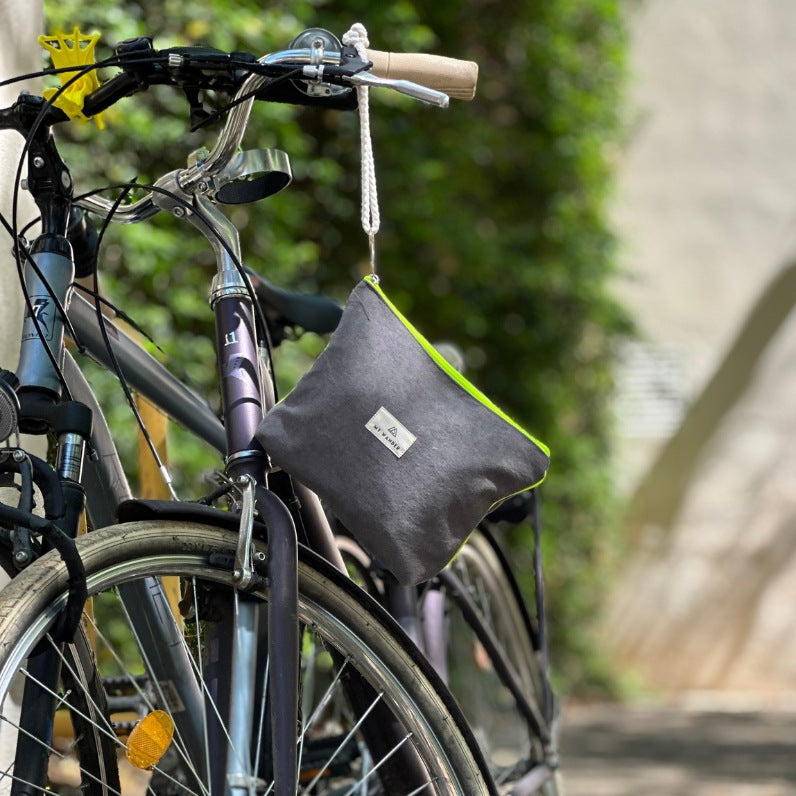
Suitable footwear
Comfortable and resistant hiking shoes are essential to protect your feet during the long journey.
Comfortable and breathable clothing
Wear clothing appropriate for the climate in which you plan to hike. Include t-shirts, pants, socks, and underwear that are breathable and quick-drying. It is also helpful to carry a waterproof layer in case of rain.
Sleeping bag
If you plan to stay in hostels or refuges along the Camino, a light sleeping bag is necessary.
Hiking poles
Many pilgrims find hiking poles useful to help distribute the load and reduce pressure on the joints.
First aid kit
Carry a basic first aid kit that includes bandages, disinfectant and any medication you may need. You can carry this entire kit in one of our bags from

Pilgrim card and credential
These documents are important to obtain accommodation in hostels and refuges along the Camino. They may also be necessary to obtain the Compostela at the end of the trip.
Personal documents
Take your passport or ID card with you, as well as cash and a credit or debit card for additional expenses. To save all this you can use our
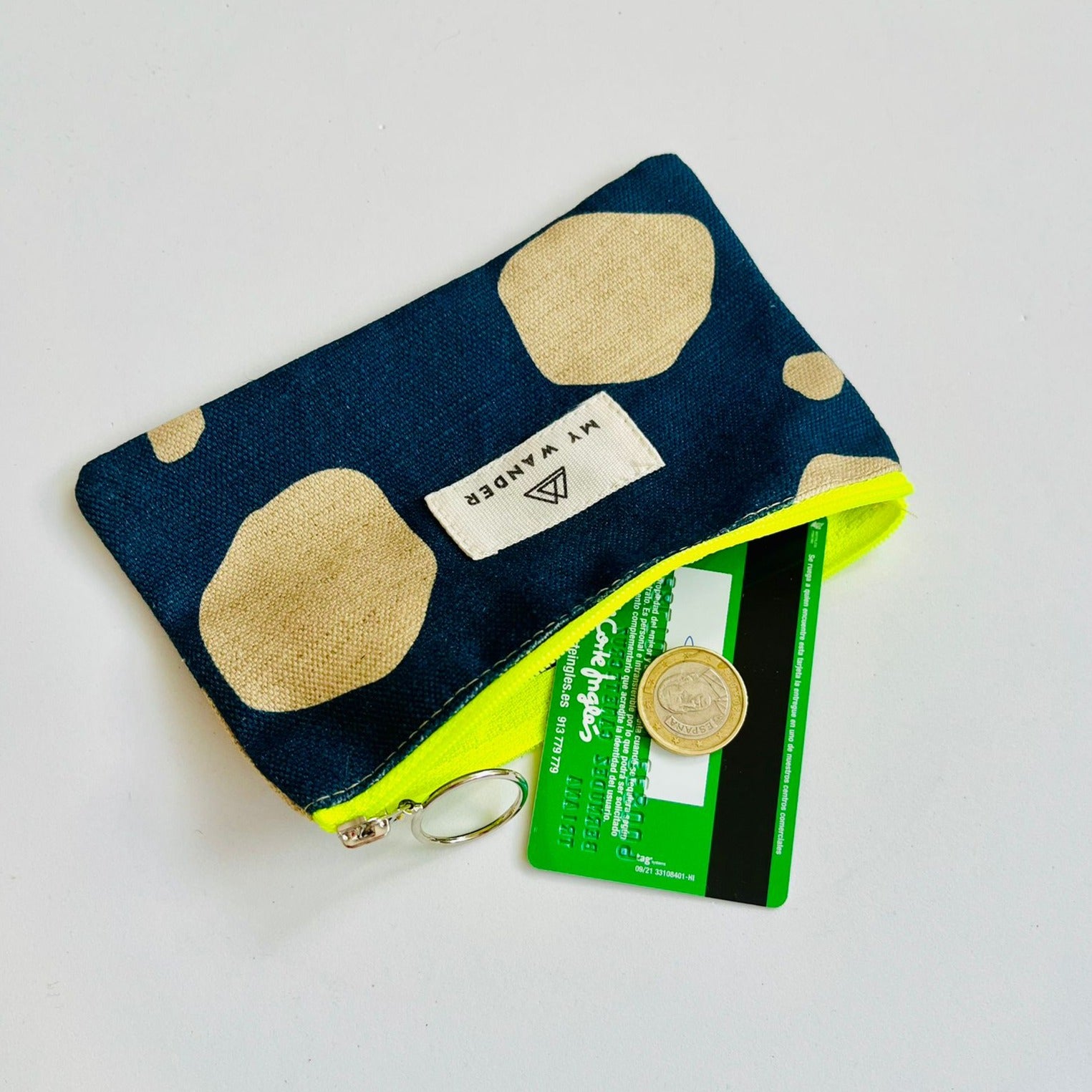
Maps and guide to the Camino
Although the Camino is well signposted, having maps and a guide can be useful for planning alternative routes and discovering places of interest.
Personal hygiene items
Includes basic products such as soap, shampoo, toothbrush and toothpaste, as well as a small towel. Use the Bag Bag from
Headlamp
A headlamp will be useful if you are going to walkin the dark or search for something in your backpack at night.
Waterproof plastic bags
These bags are useful for keeping your things dry in case of rain. The Babybags from
Remember that lightness is key on the Camino de Santiago. Carrying only the essentials will help you enjoy the experience without carrying unnecessary weight.Also, as you progress, you can find shops and services to buy additional things if necessary.
How to pack a backpack for the Camino de Santiago?
Packing your backpack for the Camino de Santiago properly is an essential aspect to guarantee a comfortable and satisfactory experience on your pilgrimage. Here are tips on how to pack your backpack:
Previous investigation
Before you begin, research the weather conditions of the route and the time of year you will be doing the Camino. This will help you determine what clothing and equipment you need.
Checklist
Create a detailed list of everything you plan to carry. This will help you avoid forgetting important things and keep your backpack organized.
Suitable backpack
Use a resistant and comfortable backpack with enough capacity for your things, but without exaggerating the size. Opt for one designed for hiking.
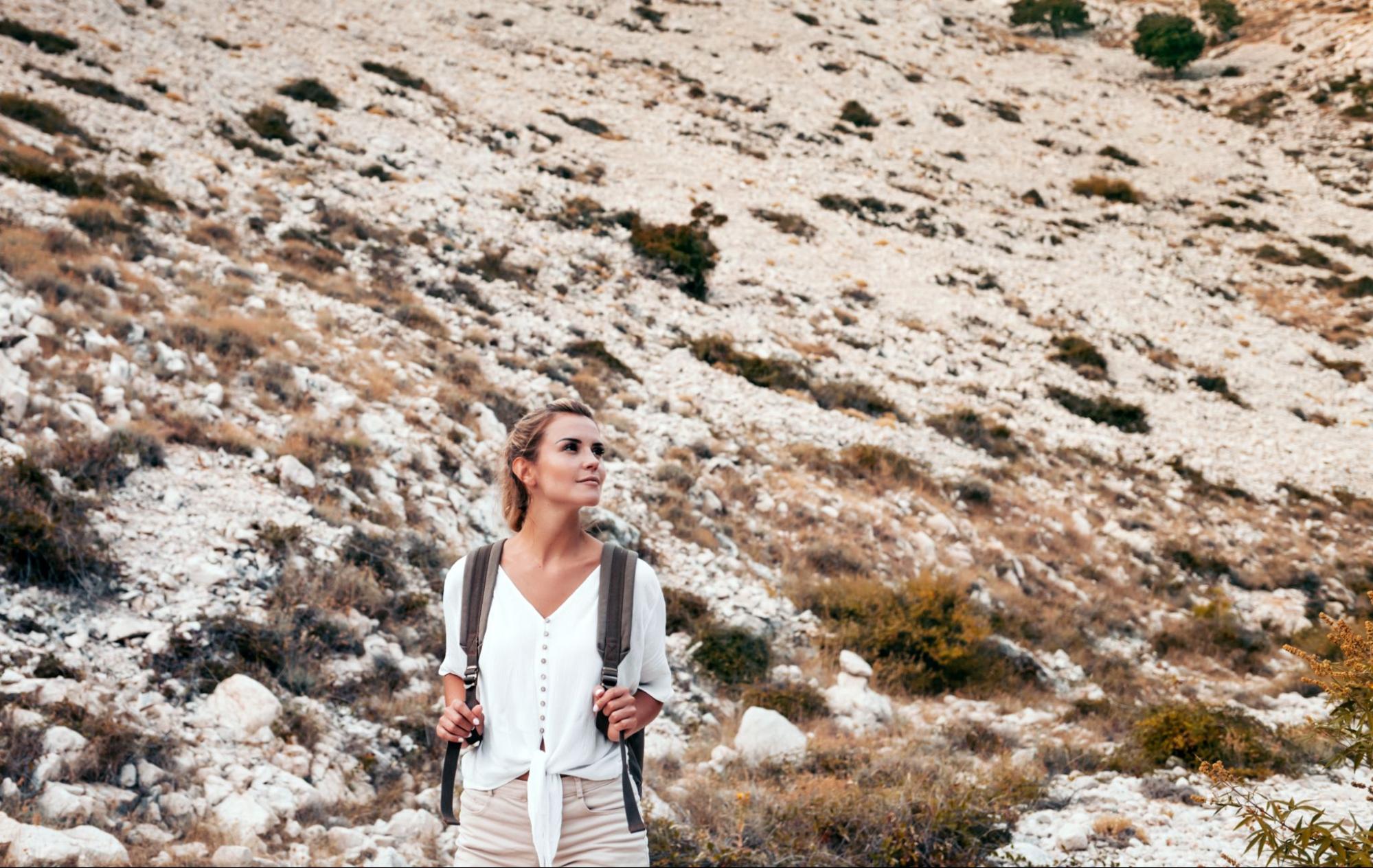
Essentials on hand
Place essentials and frequently used items at the top of your backpack or in easy-access pockets. This includes your credential, water, maps, and personal hygiene items.
That's why at
Clothing selection
Wear light, breathable and quick-drying clothing. Roll or fold clothes to save space. Take only what you need and remember that you can wash it in the shelters.
Sleeping bag
Place the sleeping bag on the bottom of the backpack to create a stable base.
Footwear
If it doesn't fit inside your backpack, carry your shoes outside so they can dry while you walk.
Hiking poles
If you use them, put them in your backpack or on the outside if they don't fit inside.
Weight distribution
Distributes weight evenly in the backpack. Place heavier objects close to your back and in the center for balance.
What to do if the backpack is too heavy?
- Reevaluate your equipment: Take everything out of the backpack and check. Eliminate what you consider unnecessary.
- Reduce the amount of clothing: Take only the essentials and plan to wash them in the shelters. One or two changes of clothes are enough.
- Minimize redundant equipment: Opt for the lightest and most functional.
- Share the weight: If you are traveling with a partner, consider sharing things that are in common use.
- Buy supplies along the way: Find shops and markets to buy food as you progress along the path.
- Remember that less is more: Carrying a lighter backpack will make the Camino more pleasant and less tiring. Comfort and functionality are key.
Be sure to adapt your backpack and equipment to your personal needs and the conditions of the Camino. A lighter trip will allow you to fully enjoy this unique experience.
Clothing for the Camino de Santiago
Wear clothing appropriate for the weather you plan to hike in. This includes breathable, quick-drying t-shirts, pants, socks, and underwear. It is also useful to carry a waterproof coat in case of rain.
In summer (June, July, August)
Lightweight T-shirts
Opt for short-sleeved t-shirts made of breathable and quick-drying fabrics. You can carry several to change during the walk.
Shorts or light pants
In summer, it is common to wear shorts or light pants that allow you to move comfortably.
Sunglasses
Protect your eyes from sun exposure.
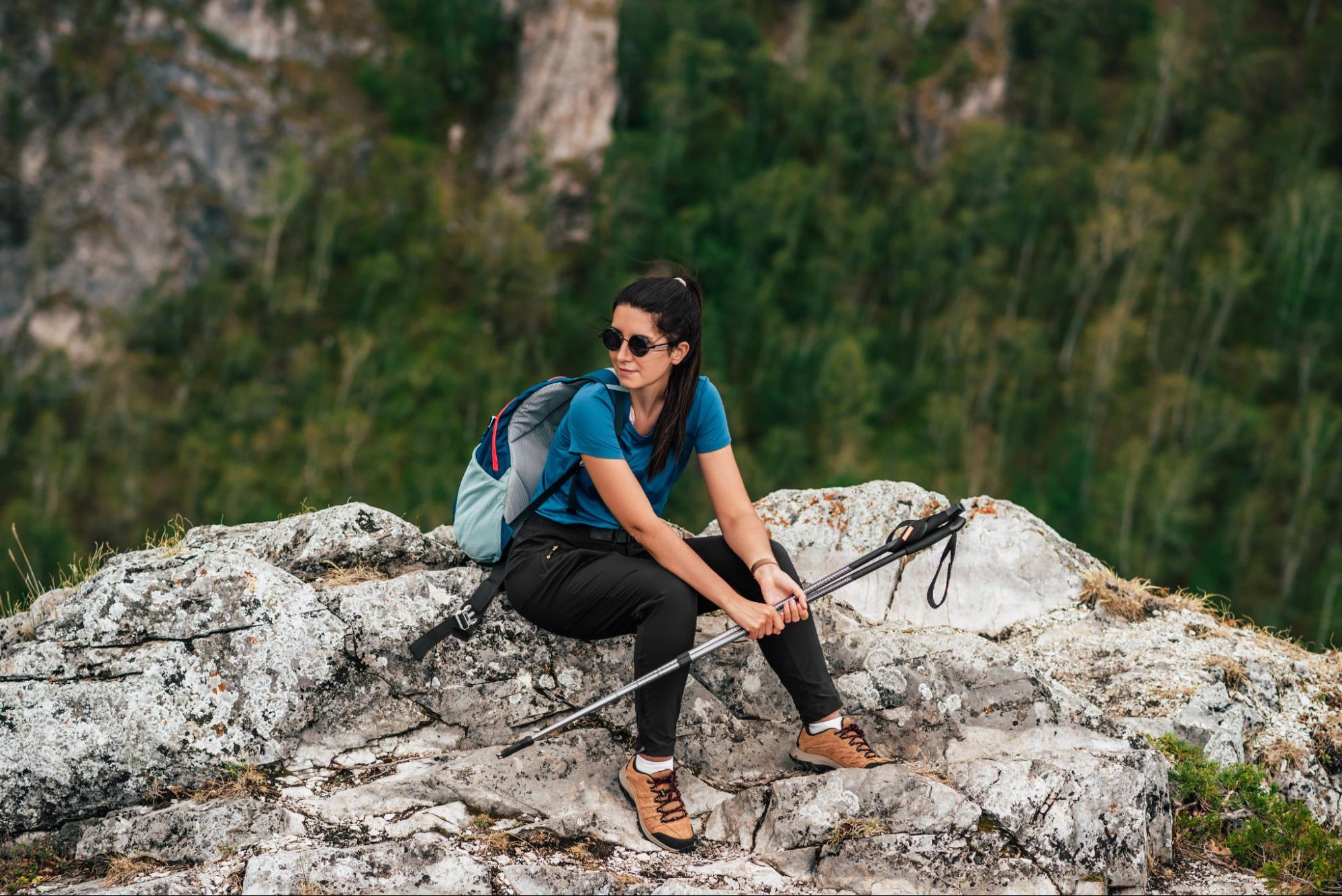
Breathable socks
Wear socks designed for walking and that wick moisture to prevent blisters.
Cap or hat
Protect your head from the sun with a wide-brimmed cap or hat.
Sunscreen
Use sunscreen to protect your skin from UV rays.
Lightweight raincoat
Although it is summer, it can still rain, so it is useful to bring a light raincoat.
In winter (December, January, February)
Thermal clothing
In winter, it is essential to wear thermal clothing, for both the upper and lower parts of the body.
Long sleeve t-shirts
Wear long-sleeved t-shirts made of thermal or breathable fabrics to help keep you warm.
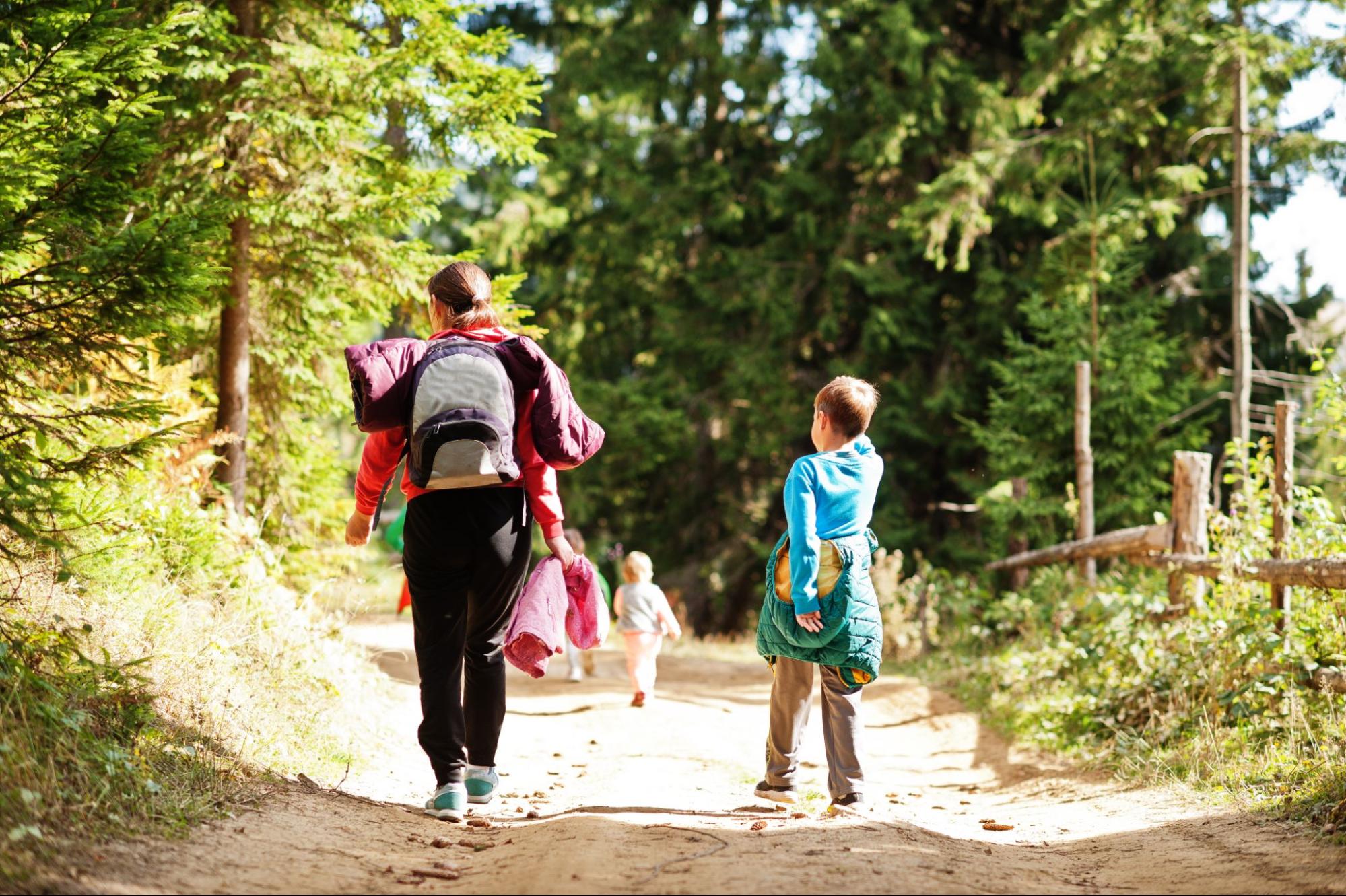
Long pants
Opt for long, thermal pants that protect you from the cold and wind.
Wool socks
Wear wool or thermal socks to keep your feet warm.
Hat and gloves
A hat that covers the ears and warm gloves are essential in winter.
Thermal scarf or collar
An accessory that covers the neck and throat is useful to protect yourself from cold wind.
Raincoat or waterproof coat
In addition to dressing warmly, be sure to bring a waterproof coat to protect you from rain or snow.
Waterproof hiking boots
In winter, it is especially important to wear waterproof boots to keep your feet dry in wet conditions.
Remember that, regardless of the season, it is important to dress in layers to be able to adapt to changes in temperature and weather conditions during your pilgrimage on the Camino de Santiago. Adapting your clothing to the climate will help you will help keep you comfortable and safe throughout your trip.
What to bring to the Camino de Santiago in summer?
For the Camino de Santiago in summer, wear light and breathable clothing, such as short-sleeved t-shirts and shorts. Don't forget a cap, sunglasses, sunscreen and insect repellent.Additionally, a canteen, your pilgrim credential, and a first aid kit are essential. Stay cool and comfortable on your pilgrimage.
What to bring to the Camino de Santiago in winter?
For the Camino de Santiago in winter, take thermal clothing, such as long-sleeved t-shirts and long pants. Cover yourself well with a jacket, hat and gloves. Don't forget thermal socks and waterproof boots. Also bring a thermal scarf or collar, a raincoat and your pilgrim credential. Be prepared for cold and wet conditions on your pilgrimage.
What cannot be missing to do the Camino de Santiago?
To do the Camino de Santiago, you cannot miss necessary things such as the pilgrim's credential, suitable footwear, a resistant backpack, appropriate clothing for the season, a sleeping bag, a basic first aid kit, a water bottle, personal documentation, maps and a guide to the Camino. These elements are essential to do the Camino de Santiago safely and comfortably. Also, remember that lightness is key, so try to bring only the essentials to fully enjoy this unique experience.
Tips for doing the Camino de Santiago
Doing the Camino de Santiago is an enriching experience, but it requires planning and preparation. Here are some useful tips for a successful trip:
Plan your route
Choose the Camino route that best suits your preferences and walking level. The most popular routes are the Camino Francés and the Camino Portugues, but there are many other options.
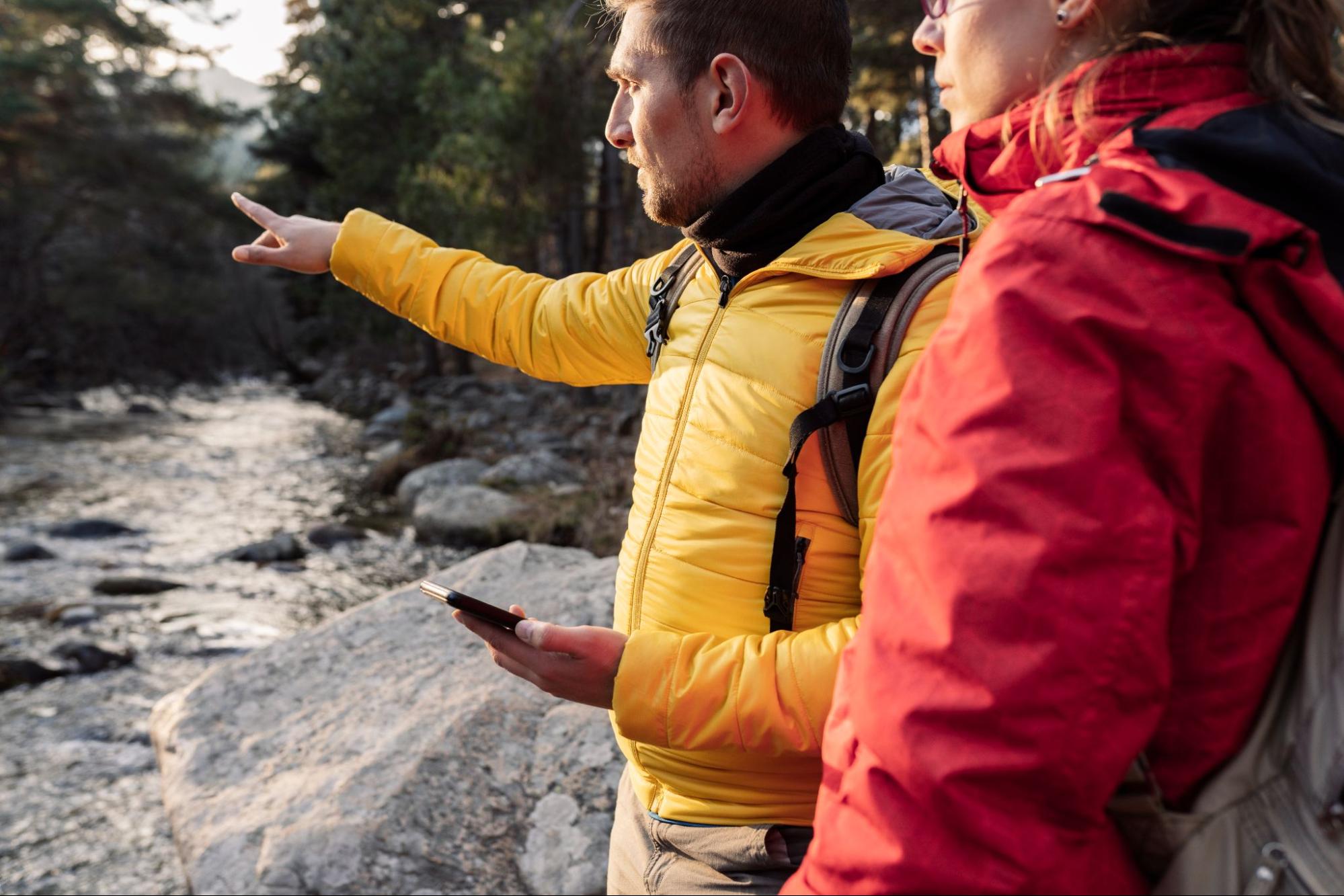
Prepare your body
Before doing the hike, take long hikes to acclimatize your body and make sure you are in good physical shape. It is also advisable to consult a doctor if you have specific medical concerns.
Carry only the essentials
Pack your backpack in moderation and carry only what you need. A lighter backpack will make the Camino more comfortable. Remember that on the Camino de Santiago, less is more.
Pilgrim's Credential
Get a pilgrim credential at your starting point. This credential will allow you to stay in hostels and refuges along the Camino.
Book in advance
If you plan to do the Camino in high season, book accommodation in advance, especially during the busiest stages.
Hydration and nutrition
Stay well hydrated along the way and eat balanced meals to maintain your energy.
Take care of your feet
Wear socks and appropriate footwear to avoid blisters. Carry plasters and an anti-blister gel in your first aid kit.
Listen to your body
Don't push yourself too hard and listen to the signs of fatigue. Rest and take care of your feet if you feel discomfort.
Socialize
The Camino de Santiago is an opportunity to meet people from all over the world. Interact with other pilgrims and share your experiences.
Follow the signs
The Camino is well marked with shells and yellow arrows. Pay attention to the signs so as not to get lost.
Be respectful
Respect nature, local culture and hostel rules.Leave the Path as you found it and show consideration for others.
Enjoy the moment
The Camino de Santiago is a unique experience. Enjoy each stage, connect with nature and take advantage of the opportunity for personal reflection.
Collect your Compostela
Upon arriving in Santiago de Compostela, be sure to pick up your Compostela at the Pilgrim's Office as recognition of your pilgrimage.
Consider a short stage at the beginning
If you are new to the Camino, consider doing a shorter stage at the beginning to acclimatise before tackling longer stages.
Remember that the Camino de Santiago is a spiritual and personal experience, so each pilgrim experiences it in a unique way. Enjoy the journey, the human connections and the opportunity to explore Spain as you walk towards Santiago de Compostela.
If you have any questions, do not hesitate to contact





